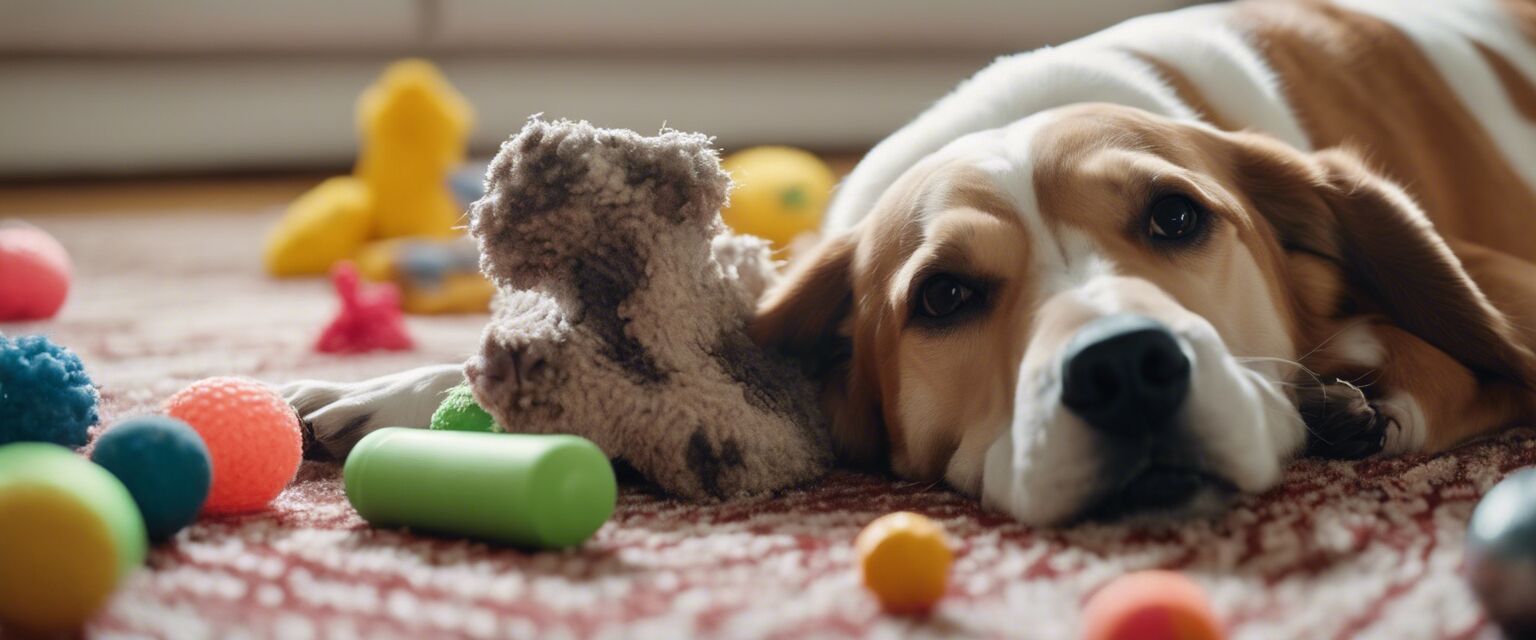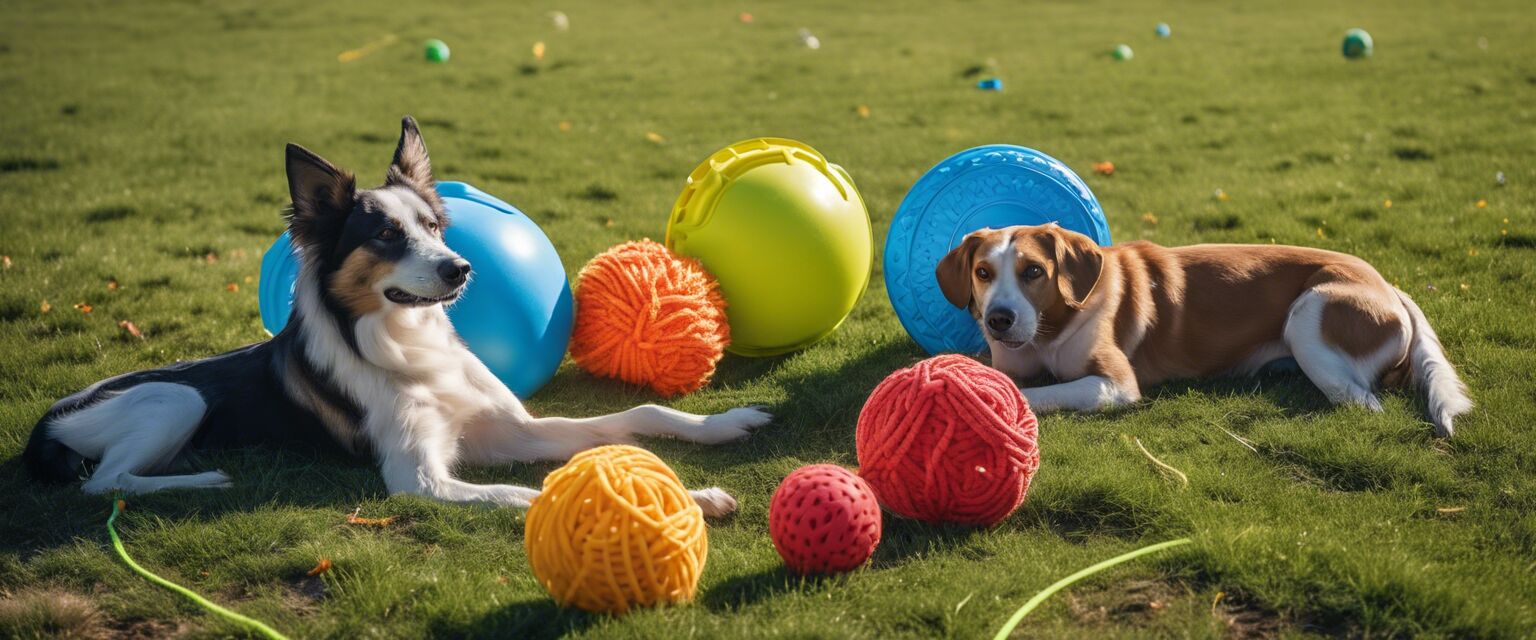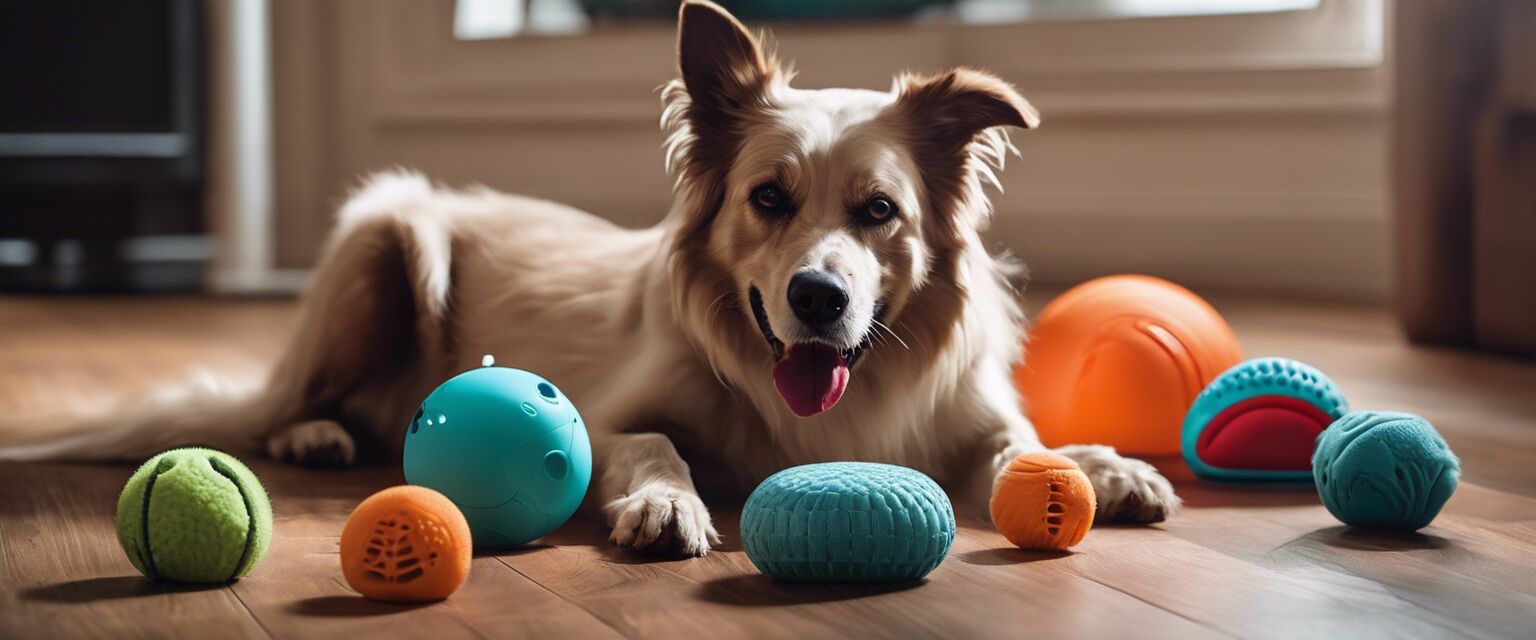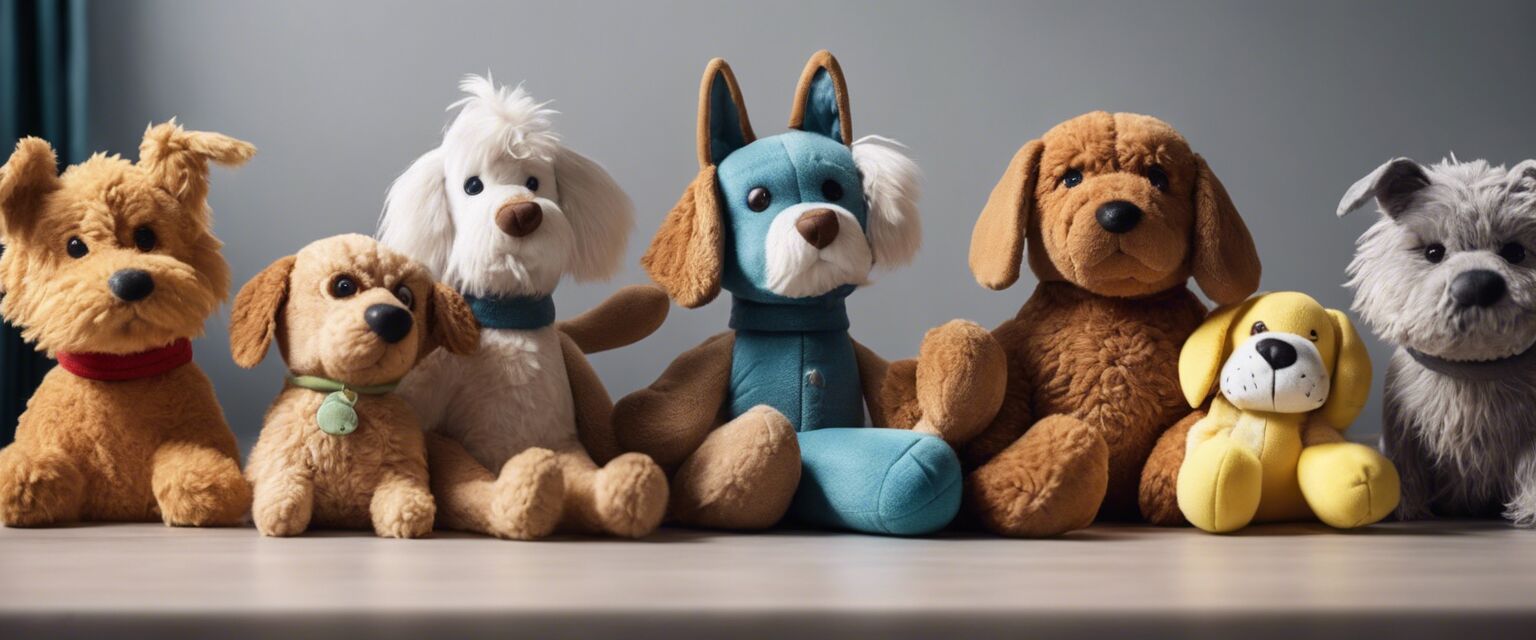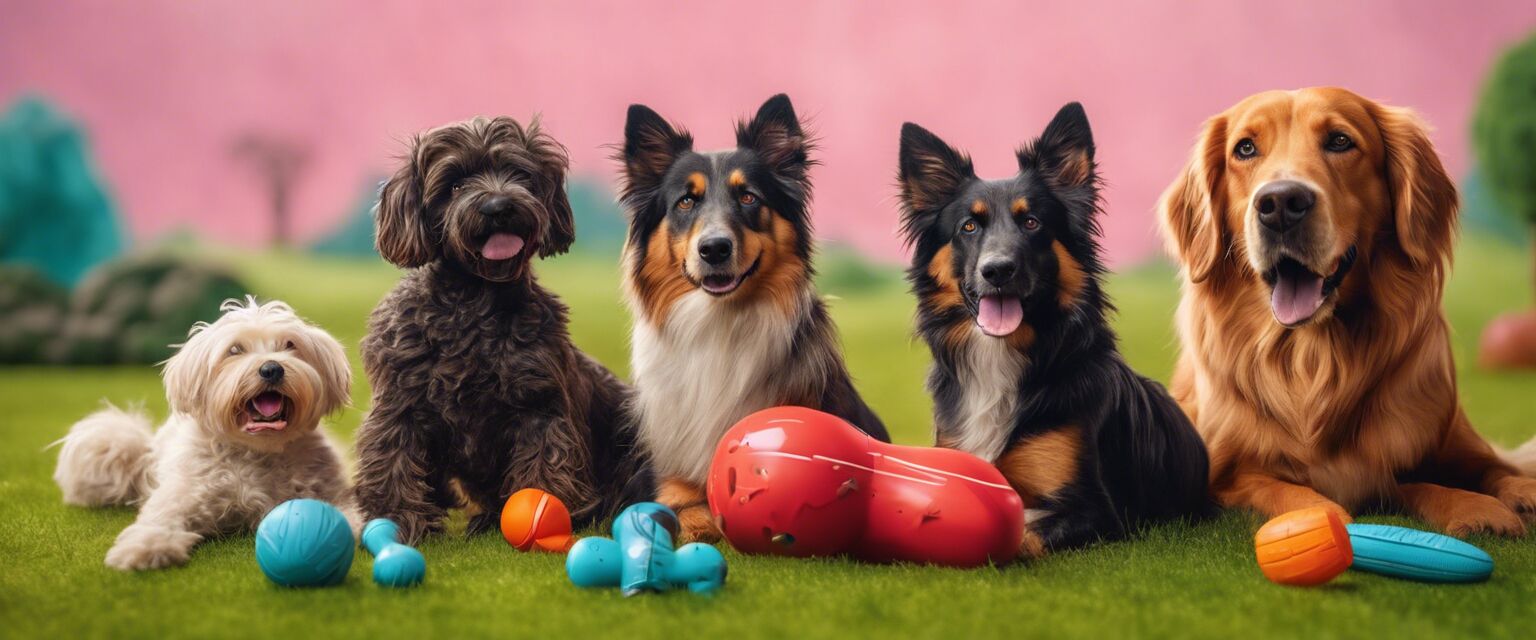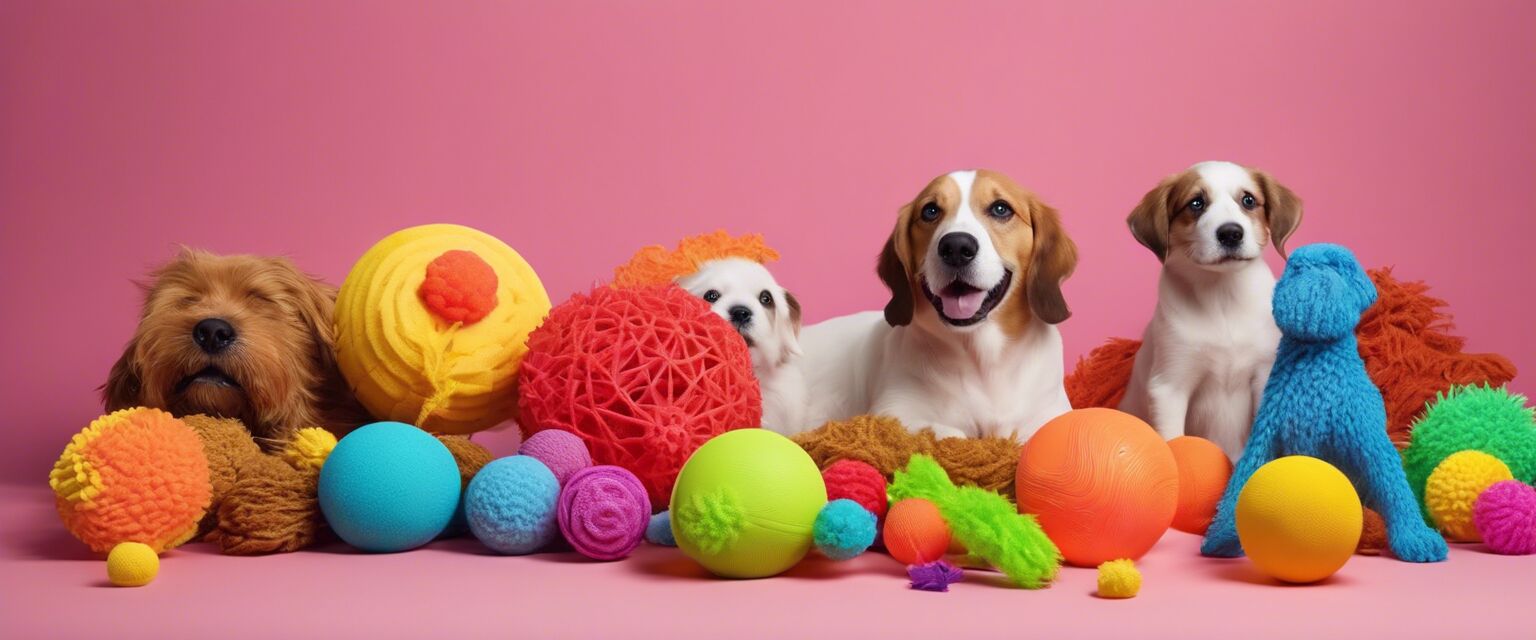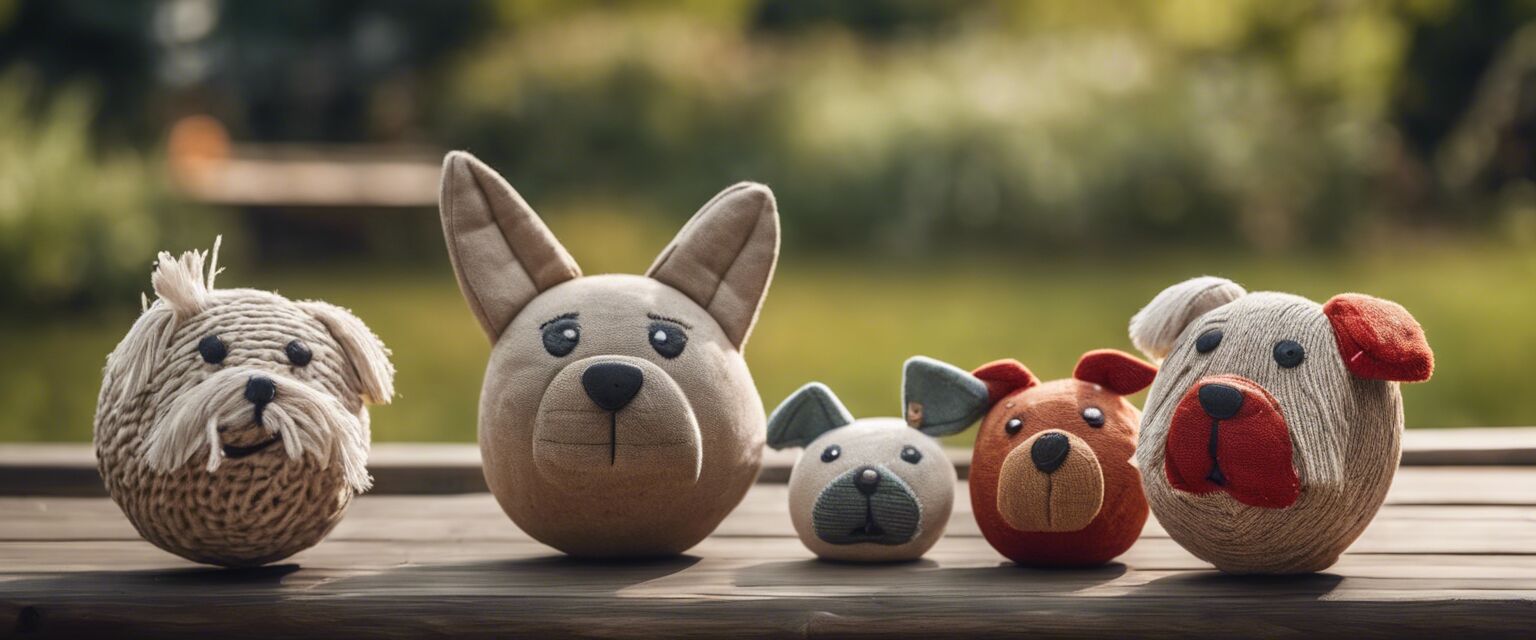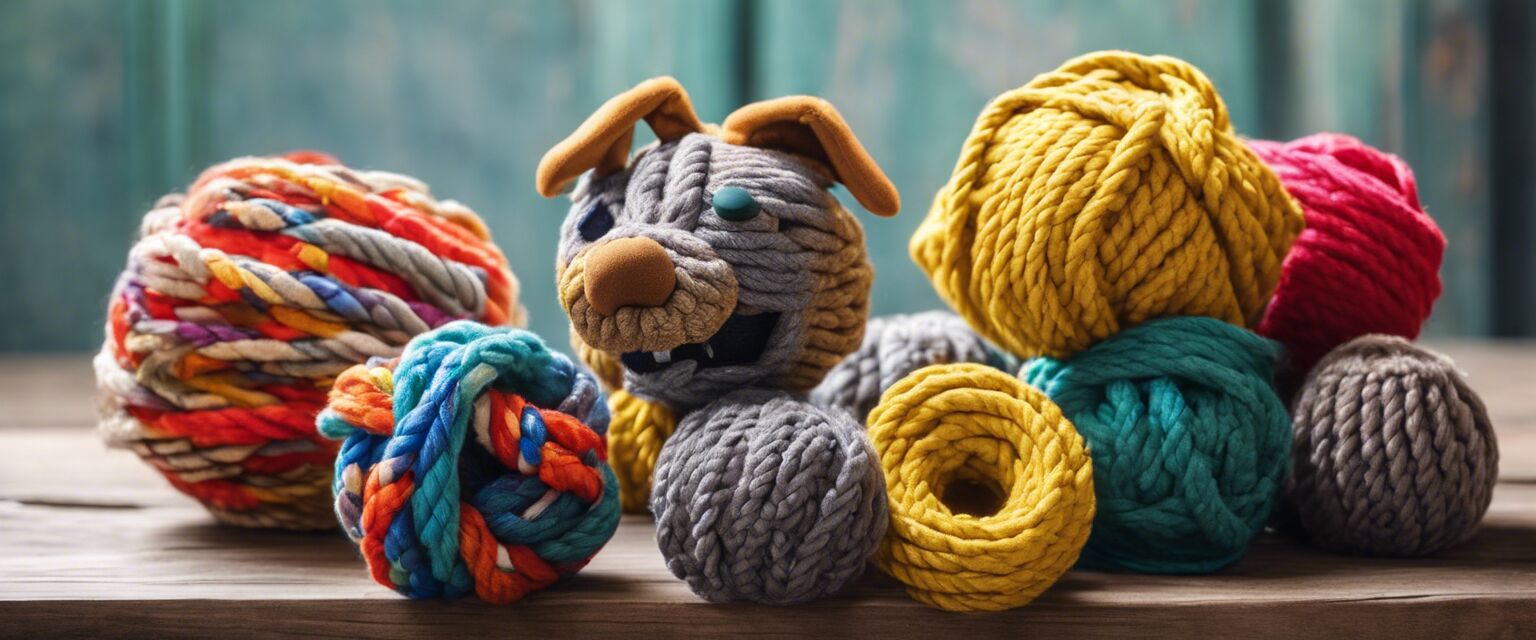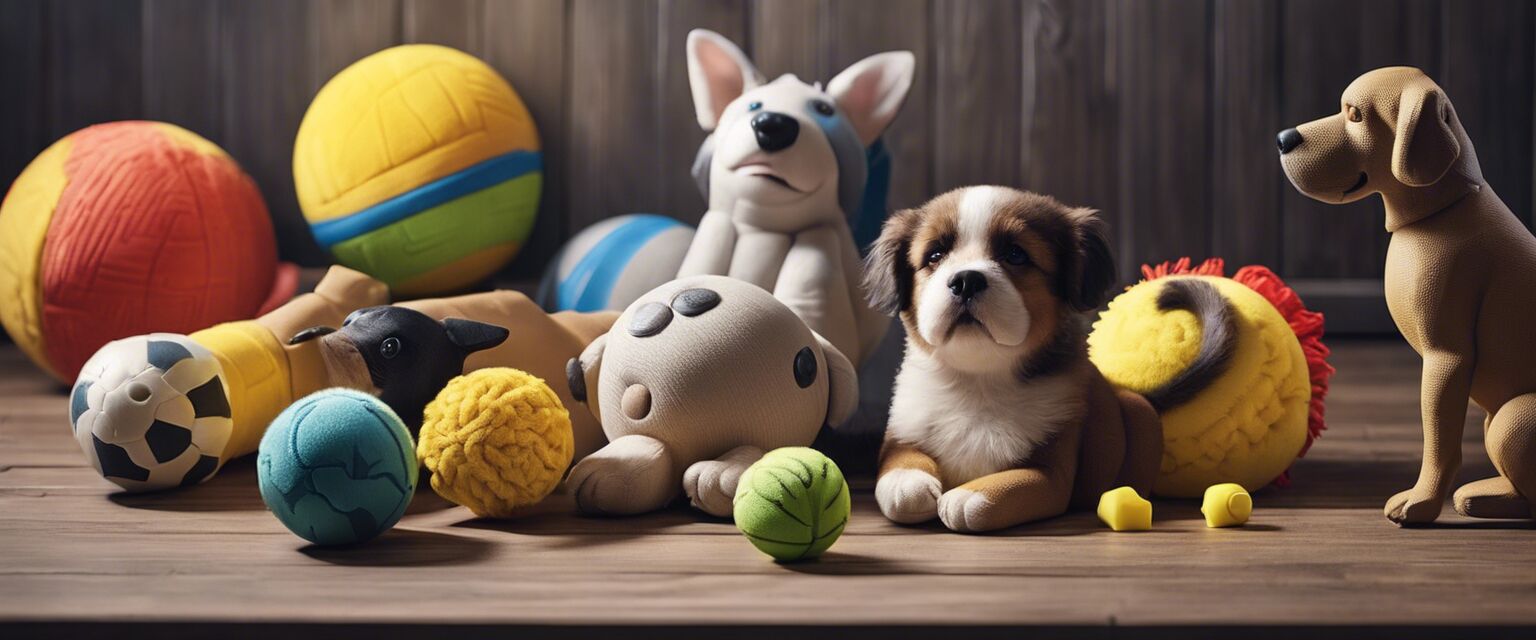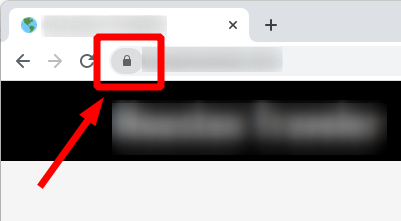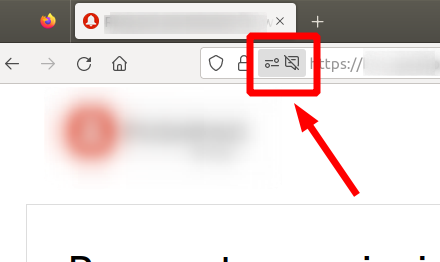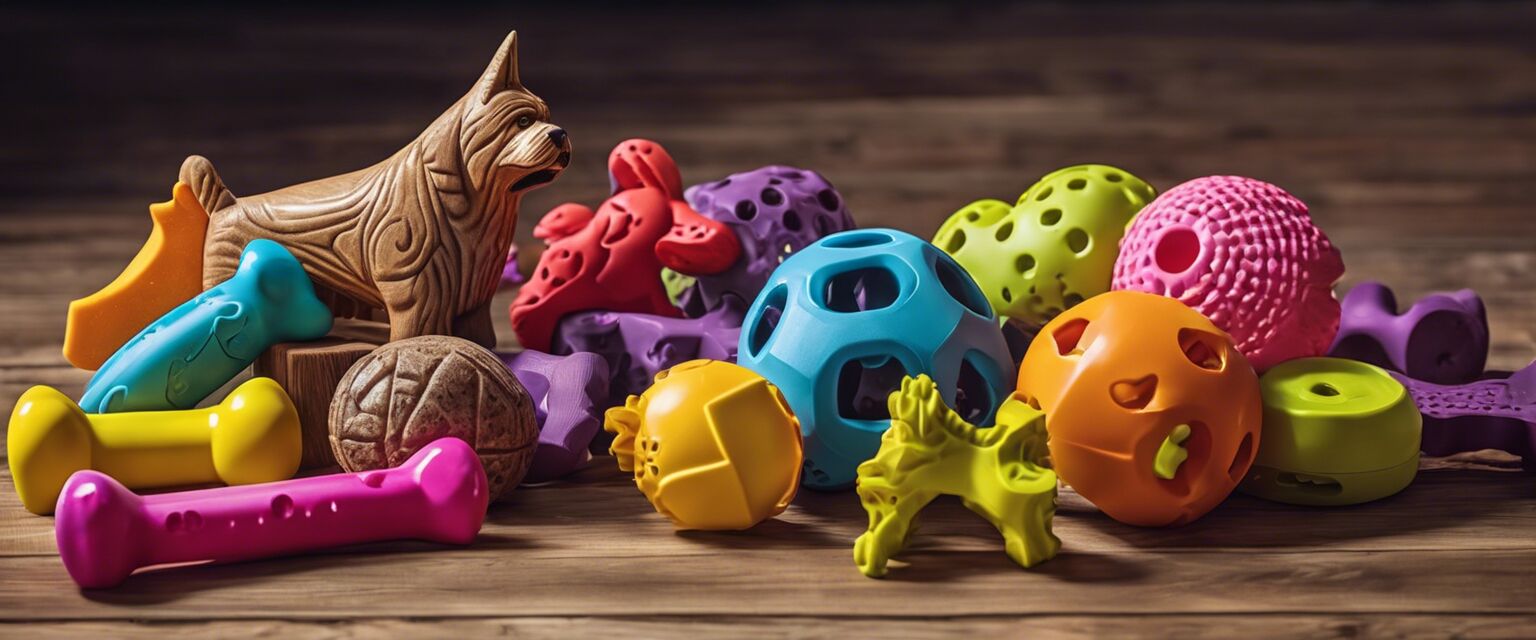
Chew Toys
Key Takeaways
- Chew toys are essential for promoting dental health in dogs.
- Different types of chew toys cater to varying dog sizes and chewing habits.
- Choosing the right material for your dogâs chew toy can enhance safety and durability.
- Regularly inspecting toys for wear and tear is crucial to prevent choking hazards.
- Chew toys can alleviate boredom and reduce destructive behaviors in dogs.
Chew toys play a pivotal role in a dogâs life, offering not just entertainment but also significant health benefits. In this article, weâll delve into the world of chew toys, examining their types, benefits, and what to consider when purchasing one for your furry friend.
Why are chew toys important?
Chew toys are not just fun, they serve several important purposes:
- Promotes dental health by reducing plaque and tartar buildup.
- Satisfies natural chewing instincts, which helps to prevent destructive chewing behaviors.
- Provides mental stimulation, keeping dogs engaged and occupied.
- Great for bonding and training with your dog.
Types of chew toys
Chew toys come in various shapes, sizes, and materials. Hereâs a breakdown of some of the most popular types:
| Type | Description | Best For |
|---|---|---|
| Rubber Toys | Durable and can be filled with treats. | Strong chewers. |
| Dental Chews | Specifically designed to help clean teeth. | Maintaining dental hygiene. |
| Rawhide Chews | Made from animal hides; popular for long-lasting chews. | Dogs that love to chew. |
| Soft Toys | Plush toys that are cuddly but may not be durable. | Puppies and gentle chewers. |
| Interactive Toys | Designed to engage your dog in play. | Energetic dogs that get bored easily. |
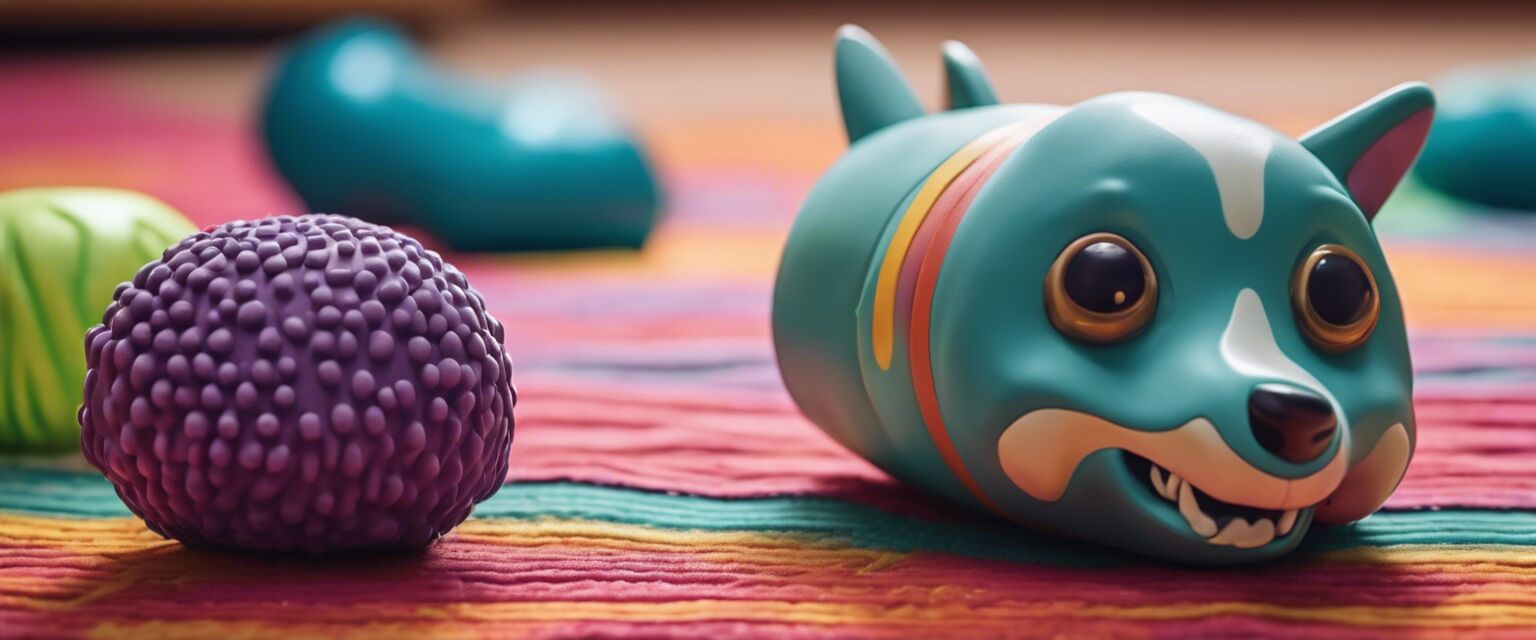
Choosing the right chew toy
Selecting the appropriate chew toy for your dog can be overwhelming with so many options. Here are some considerations to guide your decision:
- Size: Ensure the toy is suitable for your dogâs size to prevent choking.
- Material: Choose non-toxic and durable materials based on your dogâs chewing strength.
- Dogâs chewing style: Knowing whether your dog is a gentle nibbler or a vigorous chewer is crucial.
- Cleaning: Opt for toys that can easily be cleaned to maintain hygiene.
Popular materials for chew toys
| Material | Durability | Benefits |
|---|---|---|
| Rubber | Very durable | Safe for strong chewers; great for dental health. |
| Plastic | Moderate durability | Flexible, lightweight, often colorful; some have treat slots. |
| Natural fibers | Variable durability | Organic options; typically softer and lighter. |
| Rawhide | Moderate to low durability | Long-lasting and tasty, but can create choking hazards. |
Safety considerations
Ensuring your dogâs safety while chewing is paramount. Here are some important factors to keep in mind:
- Regularly check for wear and tear; replace any damaged toys.
- Monitor your dogâs chewing habits to prevent swallowing large pieces.
- Consult with your veterinarian for recommendations based on your dogâs health condition.
Pros
- Encourages healthy chewing habits.
- Reduces boredom and related destructive behavior in dogs.
- Strengthens the bond between dog and owner during playtime.
- Helps in managing anxiety in dogs.
Cons
- Some materials may be unsafe if swallowed.
- Not all toys are suitable for every dog.
- Frequent replacement may be necessary based on wear and tear.
- Cost can accumulate if buying high-quality toys regularly.
Conclusion
Chew toys are more than just fun accessories; they are vital for your dogâs dental health, mental stimulation, and overall well-being. Understanding the different types available and what to look for when purchasing can make a significant difference in your dogâs happiness and health.
Tips for Beginners
- Start with a variety of chew toys to see which ones your dog prefers.
- Introduce new toys gradually to avoid overwhelming your pet.
- Always supervise your dog during playtime with a new toy.
- Make a habit of rotating toys to keep your dog engaged.
Additional Resources
To learn more about different types of dog toys, check out our sections on:

